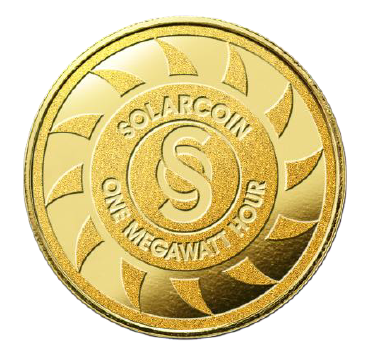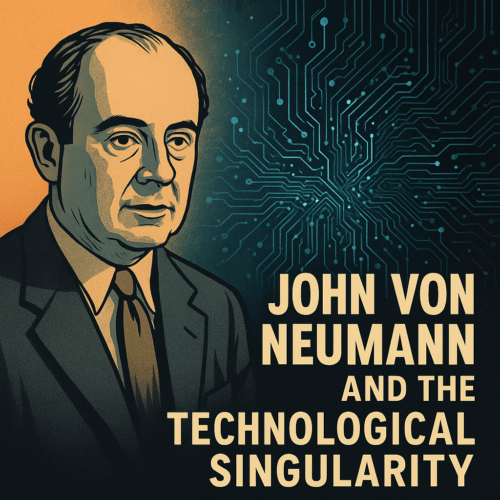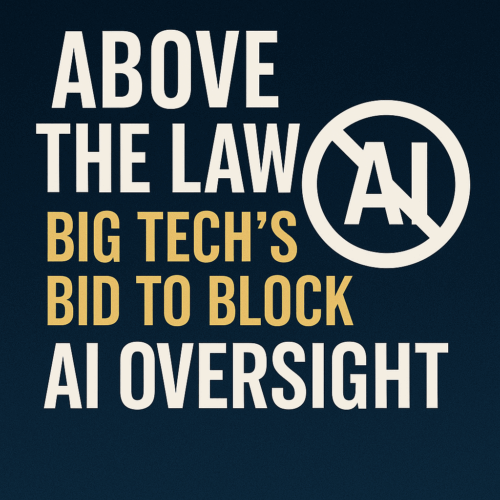What is SolarCoin?
Nick Gogerty / Op Ed
Posted on: December 4, 2015 / Last Modified: December 4, 2015

SolarCoin is a digital currency rewarding solar energy producers. Launched in January 2014 and inspired from BitCoin and BlockChain Tech whereby transactions are recorded and validated by a peer to peer network of computers, SolarCoin presents the additional advantage of being a tangible virtual currency: in fact, by coupling each MWh of solar electricity produced by a photovoltaic system to the production of a SolarCoin, the virtual world joins our physical world. Put another way, one can also understand that SolarCoin works as Solar-Miles: any solar owner receives SolarCoins for electricity that his photovoltaic installation generates… and it’s free!
What is the use of SolarCoin? In itself, a currency has a value assigned to it by a community of users or a social group, as a means of payment and value circulation. Existing currencies (such as the EUR, USD…) present the risk of one day being over-issued, therefore creating inflation: it is the case when a country is in crisis and its Government issues too much Debt. In contrast, SolarCoin has a social utility for its community: by rewarding the owner of a solar photovoltaic system, SolarCoin acts as an incentive, stimulating the implementation of solar power worldwide. The idea of creating a renewable energy-based digital currency is derived from an academic paper Deko: Proposal for a currency Based on Electricity which lead to the publication The Nature of Value, available from Colombia University Press.
SolarCoin is already present in 17 countries and is intended to be circulated worldwide: any owner of a solar photovoltaic installation may apply and claim his SolarCoins for free. To do so, the solar owner simply registers his solar installation online with data proving the existence and operation of his solar installation, using the form available on the solarcoin.org website. The grant mechanism for delivering SolarCoins is based on a simple formula: 1 SolarCoin (§ SLR) per MWh of solar electricity generated, regardless of where in the world the energy is produced. In the US, this means that a residential solar installation with a peak-power of 3kWp will receive annually nearly § 4SLR. SolarCoins are granted by the SolarCoin Foundation to the Wallet Address of the solar owner. Thereafter, every 6 months, SolarCoins will be sent to the solar owner, taking into account the electricity produced, and as long as the solar installation will be connected to the Grid. For the first online registration, the grant is also retroactive to the interconnection date to the Grid, or January 2010, whichever comes first. SolarCoin therefore acts as an incentive for producing solar energy.
Currently, already more than 70,000 SolarCoins have been granted to owners of a solar photovoltaic system or CSP (concentrated solar power). This is a tiny fraction of what is to be granted, given the 180GWp of solar panels already installed worldwide at the end of 2014. This figure represents indeed 180million SLR to be potentially granted. By 2030, the International Energy Agency estimates that the installed capacity should rise to 900GWp.
So what if people don’t own a photovoltaic installation? One can then invest in SolarCoins through a trading platform for exchanging SolarCoins to BitCoins or EUR and USD. Behind the scenes, developers are already setting up an online exchange platform to convert directly EUR to SLR and a Smartphone app for easy-access to mobile Wallets.
The digital currency is managed by the SolarCoin Foundation which is composed of renewable energy specialists as well as brilliant economists. The Foundation believes that solar energy could cover a significant part of our world’s energy needs. 98.5 Billion SolarCoins were created and set aside to reward solar energy producers. Nick Gogerty, spokesman of the Solarcoin Foundation states that when the currency is worth 20-30 dollars per Coin, it will indeed provide an effective incentive for people to purchase solar panels and possibly act as a substitute to feed-in tariffs currently in place (FIT, netmeetering…) and encourage more people to participate in renewable energies.
About the Author:
 Nick Gogerty is the founder of Thoughtful Capital Group, a value research and portfolio allocation consultancy firm based in Greenwich, CT USA. His past work and research includes working with one of the World’s largest hedge funds and Chief Analyst at Starlab, a deep future multi-disciplinary science research institute. Nick has launched the SolarCoin Foundation, believing Solar Power should be more incentivized than currently is.
Nick Gogerty is the founder of Thoughtful Capital Group, a value research and portfolio allocation consultancy firm based in Greenwich, CT USA. His past work and research includes working with one of the World’s largest hedge funds and Chief Analyst at Starlab, a deep future multi-disciplinary science research institute. Nick has launched the SolarCoin Foundation, believing Solar Power should be more incentivized than currently is.








